State fast-tracks funds for I-35 pedestrian bridge in Lincoln Park
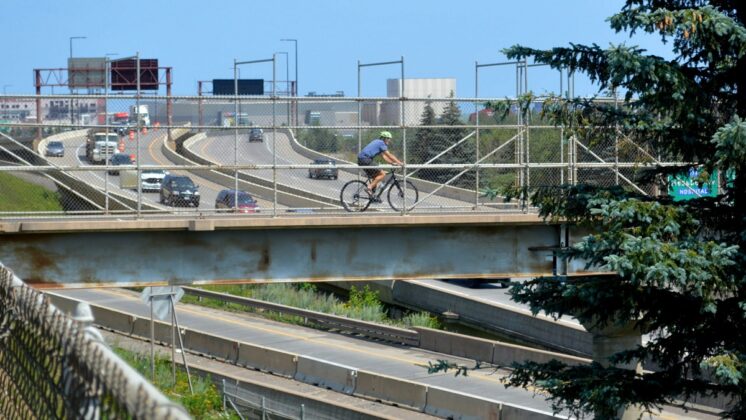
A cyclist travels over I-35 on the Lincoln Park pedestrian bridge last week. The bridge has been targeted for replacement by the Minnesota Department of Transportation. (Photo by Mark Nicklawske)
A longstanding I-35 pedestrian bridge that connects Lincoln Park to its working waterfront and serves two well-traveled trail systems through the city has been fast tracked for replacement by state officials.
The Minnesota Department of Transportation recently announced plans for a $12 million Statewide Pedestrian Bridge project that will use carbon reduction funds for work at four select bridge locations. The project dedicates approximately $3 million to the Lincoln Park pedestrian bridge, the structure that connects West Michigan Street to West Railroad Street over Interstate 35.
State and local leaders will hold a special informational meeting at 5 p.m. Wednesday, Aug. 9, at the Lincoln Park Community Center, 2014 W. Third St., to discuss the project.
MnDOT Design-Build Program Manager Peter Davich said contractors will install new, wider decking and replace a Railroad Street stairway to meet full pedestrian and handicapped accessibility requirements. The bridge will also receive some basic structural reengineering, primarily addressing a sharp Michigan Street access on the north side.
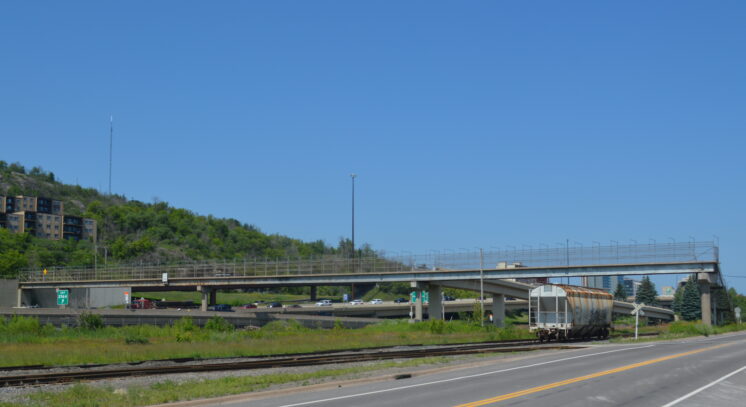
The Minnesota Department of Transportation plans to spend $3 million replacing the Lincoln Park pedestrian bridge. Local officials have called the span a “gateway” to downtown Duluth. (Photo by Mark Nicklawske)
Davich said the project reached the state priority list because it is relatively straightforward work with few permitting complications. Construction could begin in 2024 or early 2025 and would take approximately three months from demolition to reopening.
In addition to addressing bridge function, money will also be dedicated to improve its appearance. State planners typically budget 3 percent of construction costs for aesthetics. Communities can add funds to upgrade the design work. “If there’s funding and interest for it, that’s a conversation we’re willing to have,” Davich said.
Lincoln Park advocates called the bridge an important neighborhood connector and notable city entryway as it crosses I-35 at the Mesaba Avenue and West Superior Street ramps. The current bridge features an unsightly combination of aging concrete, chainlink fencing and steel poles.
Lincoln Park artist and gallery owner Karin Kraemer compared the bridge to prison infrastructure.
“It’s not very pretty,” she said. “I think that it demarks this end of town as supposedly not the pretty part. It’s not true anymore.”
Kraemer said bridges can be colorful and dynamic as well as functional. She said a good model for something new is the pedestrian bridge connecting Loring Park and the Walker Art Center sculpture garden in Minneapolis.
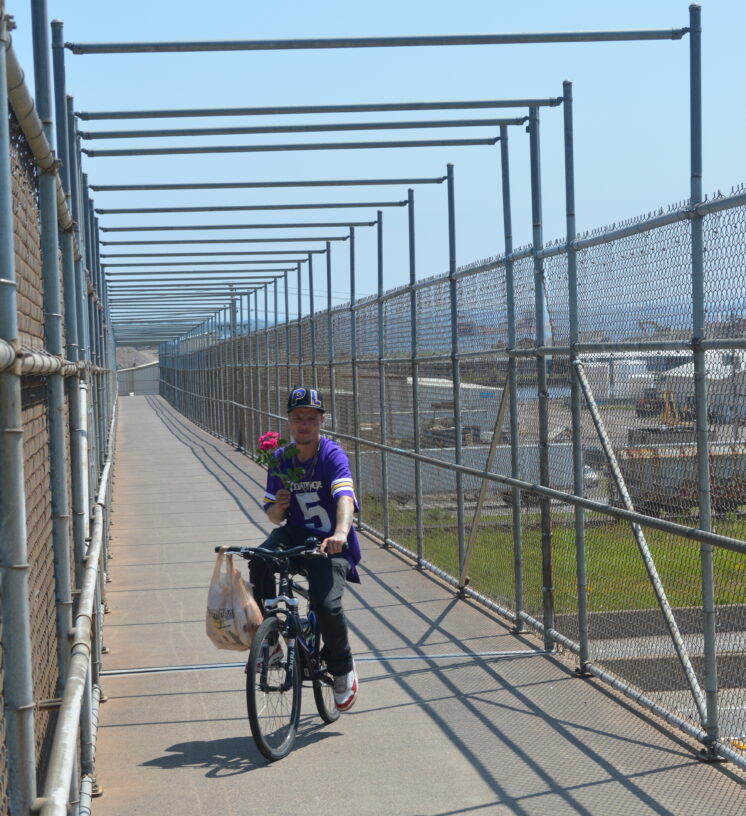
The Lincoln Park pedestrian bridge connects Canal Park and the working waterfront with the newly revived West Superior Street commercial district. The bridge is also a critical link in the Duluth Cross City Trail. (Photo by Mark Nicklawske).
“It’s so cool,” she said. “It’s so fun to go up there and look at the cars and everything going on.”
Historically, the Lincoln Park bridge has provided access for people working in Canal Park, the Lincoln Park waterfront and Rice’s Point; it also serves as an entrance to the revived Lincoln Park commercial and retail district along Superior Street. A small park or green space could be installed as a north side bridge approach, Kraemer said.
Jodi Slick, founder and CEO of Lincoln Park-based sustainability nonprofit Ecolibrium3, called the bridge a “gateway” into Duluth. She said the new bridge will be around for decades and should feature a special design.
“It would be just a shame not to use this moment in time to really bridge Duluth’s past with its future,” she said.
Slick suggested the city and state work with Garfield Avenue fabricator BendTec, a century-old Duluth company, to help with a unique bridge design. The company has manufactured bridges all over the county and recently provided bending work for a much larger and more complicated $22 million pedestrian bridge project in Kirkland, Wash.
BendTec President Clint Zimpel said his company hasn’t been involved in the I-35 project and would need substantial lead time to help plan and design a new bridge.
“The bridges we’re typically involved with, those bridges are probably being designed for anywhere from three to five years,” he said. “I’m not sure what they’ve got going on with the one down here but it sounded to me like it was more of a canned approach where they pick something out of a catalog and put it there.”
Slick said the pedestrian bridge replacement project was unexpected and only announced weeks ago.
“It’s a fast process,” she said. “I don’t want to see what could be a transformational opportunity to kind of go the route of the mundane when there’s such an opportunity for this bridge to be part of the story of Duluth.”
A well-designed bridge could celebrate both the city’s industrial and Native American history.
“If done right it can help tell part of the indigenous story because it’s at the Point of Rocks in an area that is really culturally and historically significant,” she said. “The very concept of a bridge is about connecting and bringing things together. This is our opportunity to connect the past with the future. Connect our cultural and industrial history. Connect our neighborhoods. We’ve got to do it right.”
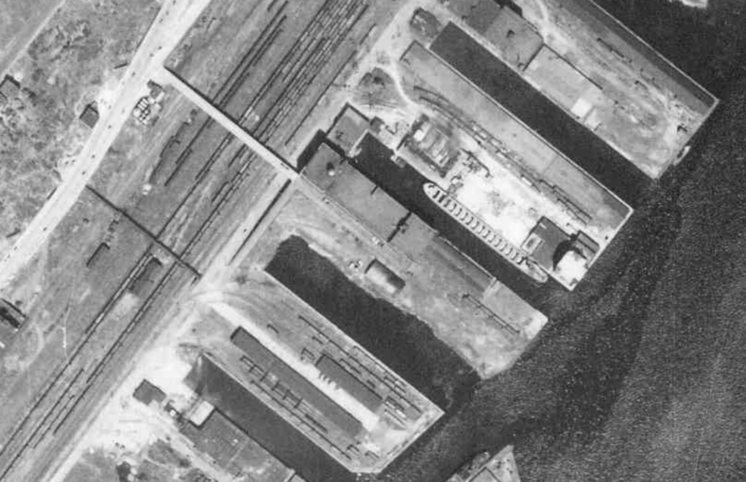
This 1939 aerial photograph shows a pedestrian bridge, on the left, crossing railroad tracks and connecting Michigan Street with the working waterfront. A long gone vehicular bridge can also be seen at a Ninth Avenue West alignment. A cargo ship is docked at what is now home to the Pier B Resort Hotel. (Photo from University of Minnesota Libraries)
City of Duluth Senior Transportation Planner James Gittemeier called the project “fast moving.” The state contacted the city about the bridge for comments in the spring.
“To me the big things were that this is a gateway,” he said. “So we’re supportive of the bridge replacement in that this is a gateway into downtown and we want to make sure that the new bridge is reflective of that gateway. We didn’t have a specific design in mind.”
Gittemeier said the city has not discussed bridge aesthetics with MnDOT yet.
The city recommended the new bridge have a more secure pedestrian walkway and new connections at either end. The existing chain-link fencing exposes pedestrians to traffic noise and can be visually unsettling, said Gittemeier. A narrow, sharp turn at the north side near Michigan Street could be improved and more direct access is needed to Railroad Street on the south end, he said.
“It really is the all ages and abilities route from downtown and from Canal Park, waterfront, Bayfront, and the DECC, heading west,” he said. “It really is a key connection.”
The bridge is part of the Cross City Trail, which will eventually connect Canal Park with Spirit Mountain, and it carries hikers on the 310-mile Superior Hiking Trail.
Gittemeier said it is unknown when the current bridge was constructed. A 1939 aerial photograph shows a bridge at the same location spanning a large railroad yard. The bridge may have been replaced when interstate highway construction reached downtown Duluth in 1971. A ramp was added to the south side of the pedestrian bridge when I-35 was extended through downtown in the early 1990s.
A Google map notation calls the bridge “Jeno’s Walk.” The late Duluth entrepreneur Jeno Paulucci manufactured pizza rolls at a waterfront site near the south end of the bridge in the 1970s and ’80s. The Duluth Economic Development Authority now owns the vacant property which is called Lot D.
Recommended Links:
Leave a Comment
Only registered members can post a comment , Login / Register Here


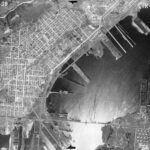


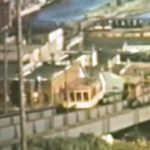








1 Comment
aluminumpork
about 12 months ago